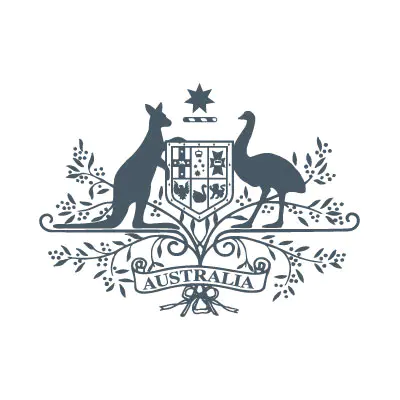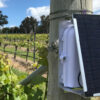
Research Urges Limits on Unhealthy Marketing
University of Otago – Ōtākou Whakaihu Waka researchers are calling for restrictions on unhealthy food, alcohol, and gambling marketing, after a new study found children are exposed to it 76 times every day.
The study, published in Social Science & Medicine, tracked 12-year-olds wearing cameras over a four-day period, enabling researchers to capture exactly what children see in their daily lives, and offering parents a rare, unfiltered view of the relentless advertising their children face.
It found children are exposed to nearly 250 per cent more unhealthy marketing than healthy messages.
Professor Louise Signal
Junk food was most common at 68 exposures per day. Coca-Cola emerged as the most common brand overall, appearing over six times each day.
Beer brands dominated the alcohol advertising seen by children, and almost all of the gambling marketing recorded came from government-owned entities, such as Lotto and TAB.
Fifteen multinational companies were responsible for more than half of all the junk food and alcohol marketing children saw.
Co-author Professor Louise Signal says the impact of this exposure is significant, contributing to problems such as obesity, cancer, addiction, and debt, and costing the country billions of dollars in healthcare and lost productivity, with $9.1 billion per year for alcohol alone.
“The saturation of harmful marketing undermines the values parents work hard to teach at home, replacing family guidance with the influence of multinational corporations.”
Fellow co-author Associate Professor Leah Watkins says this is the first time anywhere in the world that adults have been able to see, in real time, how pervasive this kind of marketing is for children.
Associate Professor Leah Watkins
“Young people cannot fully understand the persuasive intent of advertising until around the age of sixteen, leaving them especially vulnerable to corporate tactics designed to win their loyalty early,” she says.
The study found that children from disadvantaged neighbourhoods were subjected to far more unhealthy marketing, due to the amount of junk food marketing they saw.
“This is often due to the higher density of takeaway outlets and outdoor advertising in these areas, meaning that marketing not only damages health but also deepens existing inequalities,” Associate Professor Watkins says.
One of the clearest lessons from the research is that strong government regulation works, she says.
“Children saw no tobacco marketing in the study, as it is banned. In contrast, industries such as junk food, alcohol, and gambling – which rely heavily on self-regulation – continue to saturate children’s environments with harmful messages.”
The researchers recommend comprehensive laws that cover alcohol, gambling, and junk food marketing.
“This is a call for family-friendly protections that safeguard children’s health, uphold parental authority, and ensure that the voices shaping young minds are those of parents and communities — not multinational corporations,” Associate Professor Watkins says.
Publication:
Public health and harmful advertising: The nature and extent of children’s real-time exposure to unhealthy commodity marketing
Authors: Tom Worters, Christina McKerchar, Leah Watkins, Ryan Gage, Louise Signal
Social Science & Medicine
https://www.otago.ac.nz/news/newsroom/urgent-need-to-restrict-unhealthy-marketing-study


